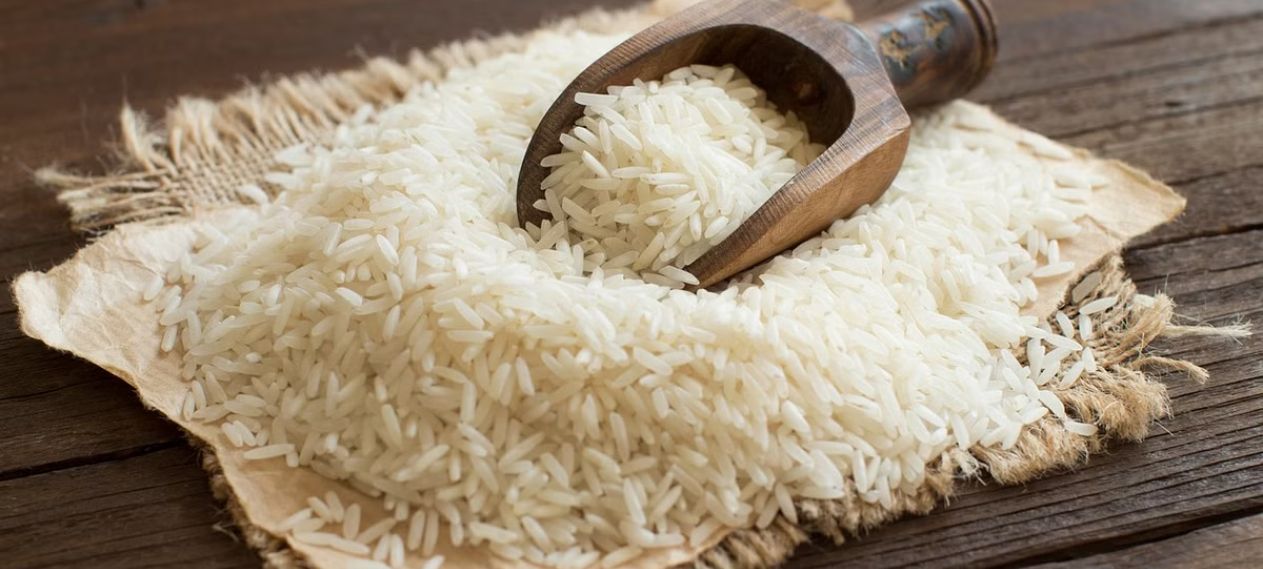India is facing a formidable challenge from its neighbor, Pakistan. The battle for dominance in the premium long-grain basmati rice market has intensified as Pakistan offers the prized commodity at competitive rates, posing a threat to India’s export figures.
India and Pakistan hold significant sway in the premium long-grain basmati rice export market, serving as primary suppliers to countries including Iran, Iraq, Yemen, Saudi Arabia, UAE, and the US. However, recent developments have tilted the balance in favor of Pakistan, posing challenges to India’s export momentum.
Export Figures
In 2023, India witnessed a modest growth in its basmati rice exports, reaching 4.9 million metric tonnes, marking an 11.5 percent increase from the previous year. Despite this uptick, the figures fell short of the record high achieved in 2020. Contributing factors to this surge included reduced supplies from Pakistan and increased stocking efforts by importing nations.
Competitive Pricing and Currency Advantage:
Pakistan’s competitive pricing strategy has positioned it favorably against India in the global market. Offering basmati rice at lower rates has significantly bolstered its export prospects, further amplified by the depreciation of the Pakistani rupee. This currency advantage has heightened Pakistan’s competitiveness, compelling Indian exporters to recalibrate their strategies amidst dwindling demand.
Also Read: Pakistan, Azerbaijan Seal $1.6 Billion Deal for JF-17 Fighter Jets
Facts and Figures
- India’s basmati rice exports in 2023: 4.9 million metric tonnes (11.5% increase from the previous year)
- Pakistan’s projected basmati rice exports in fiscal year 2023/24: 5 million tons (up from 3.7 million tons the preceding year)
- Imposition of $1,200 minimum export price on Indian basmati rice shipments.
- Depreciation of the Pakistani rupee enhancing competitiveness in the global market.
- Challenges including disruptions in shipping via the Red Sea impacting export logistics.
Govt Regulations
Indian basmati rice exports encountered temporary setbacks due to regulatory interventions, such as the imposition of a $1,200 minimum export price on shipments. While these measures were subsequently relaxed, exporters grapple with ongoing challenges, including escalated freight costs stemming from disruptions in shipping via the Red Sea. These hurdles have compounded the strain on India’s export outlook.
Anticipated Decline and Industry Outlook
Exporters anticipate a continued decline in Indian basmati rice exports in the foreseeable future. Heightened caution among buyers, coupled with burgeoning inventory levels and escalating freight expenses, are poised to further dampen India’s export performance. This evolving landscape underscores the need for proactive measures to navigate the evolving dynamics of the global basmati rice trade.
India’s basmati rice exports confront a challenging landscape in 2024, characterized by intensified competition from Pakistan, regulatory constraints, and logistical hurdles. As the dynamics of the global basmati rice trade continue to evolve, stakeholders must adapt to emerging trends and devise resilient strategies to safeguard India’s position in this critical export market.

